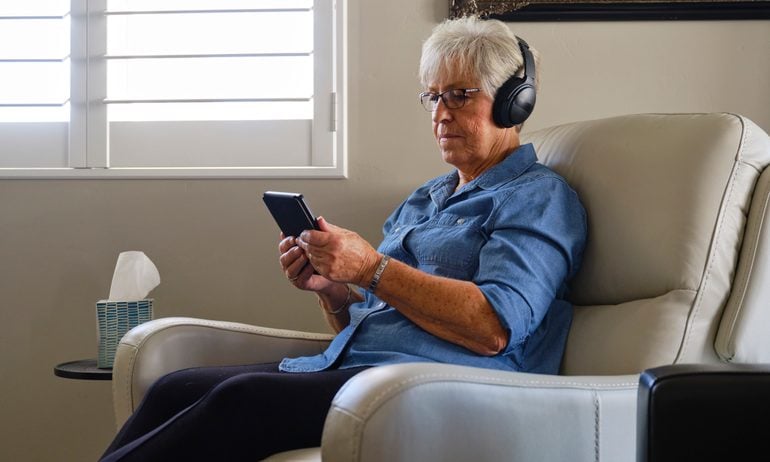Does Medicare Cover Lift Chairs?
Medicare Part B may cover the lift mechanism, but not the chair.

Many, or all, of the products featured on this page are from our advertising partners who compensate us when you take certain actions on our website or click to take an action on their website. However, this does not influence our evaluations. Our opinions are our own. Here is a list of our partners and here's how we make money.
The good news is that Medicare Part B may cover the seat lift mechanism in a lift chair that a doctor prescribes for use in your home. The bad news is that you must pay for the full cost of the upholstered chair.
A lift chair, which typically incorporates a motorized seat lift, can be a great help to anyone who is unable to safely stand up from sitting but can get around their home without a wheelchair or scooter. By lowering you from standing into a seated position and helping you rise to your feet again, a lift chair can help you retain a measure of mobility and independence.
Shopping for Medicare plans? We have you covered.

3.93
CMS Star Rating
from UnitedHealthcare

3.63
CMS Star Rating
from Humana
You must satisfy several conditions to get coverage for a seat lift
To ensure coverage, your doctor and your supplier of durable medical equipment must submit orders and documentation that meet Medicare requirements. The seat lift mechanism will be covered only if your doctor and equipment supplier are enrolled in Medicare.
A "stair lift" conveys you up and down a staircase while seated, where a lift chair stays in one spot in your home.
"Lift seat" and "seat lift" mean the same thing as lift chair.
A "patient lift" — which a caregiver uses to transfer a patient between bed and chair — is different from a seat lift.
Medicare will decide whether to cover the lift mechanism in your chair based on your physician’s answers to these questions:
Does the patient have either severe arthritis of the hip or knee, or a severe neuromuscular disease?
Is the patient incapable of standing up from a regular armchair or any chair in their home?
Once standing, is the patient able to walk?
Have all therapeutic approaches to enable the patient to transfer from a chair to standing been tried and failed?
You’ll be denied coverage for a lift chair if you live in a nursing home or other residential health care facility.
What you pay for a lift chair
You pay 20% of the Medicare-approved amount for mobility equipment after you pay your Part B deductible, which is $257 in 2025. Medicare pays the rest. But the chair itself, which you must pay for, likely carries a higher price than the seat lift mechanism.
If you have Medicare Advantage, you might pay less. Contact the plan to learn about costs and which equipment suppliers you are authorized to use.
Depending on the seat lift mechanism, you may be required to rent it or to buy it, or you may have a choice.
» MORE: How much does Medicare cost?

